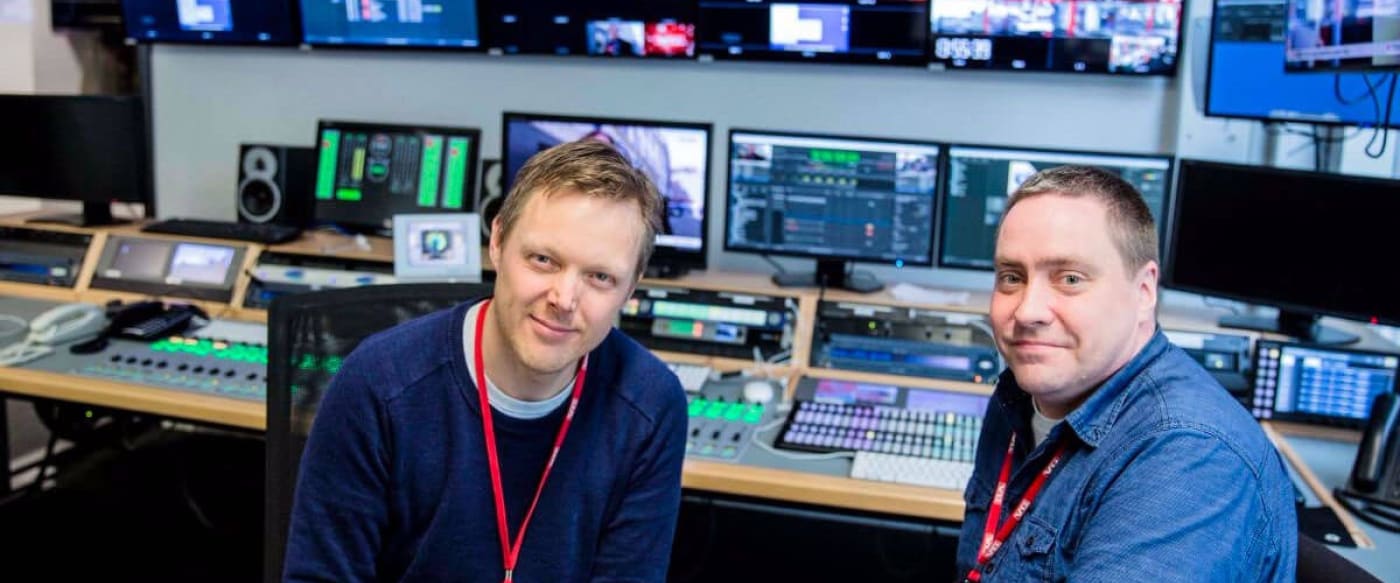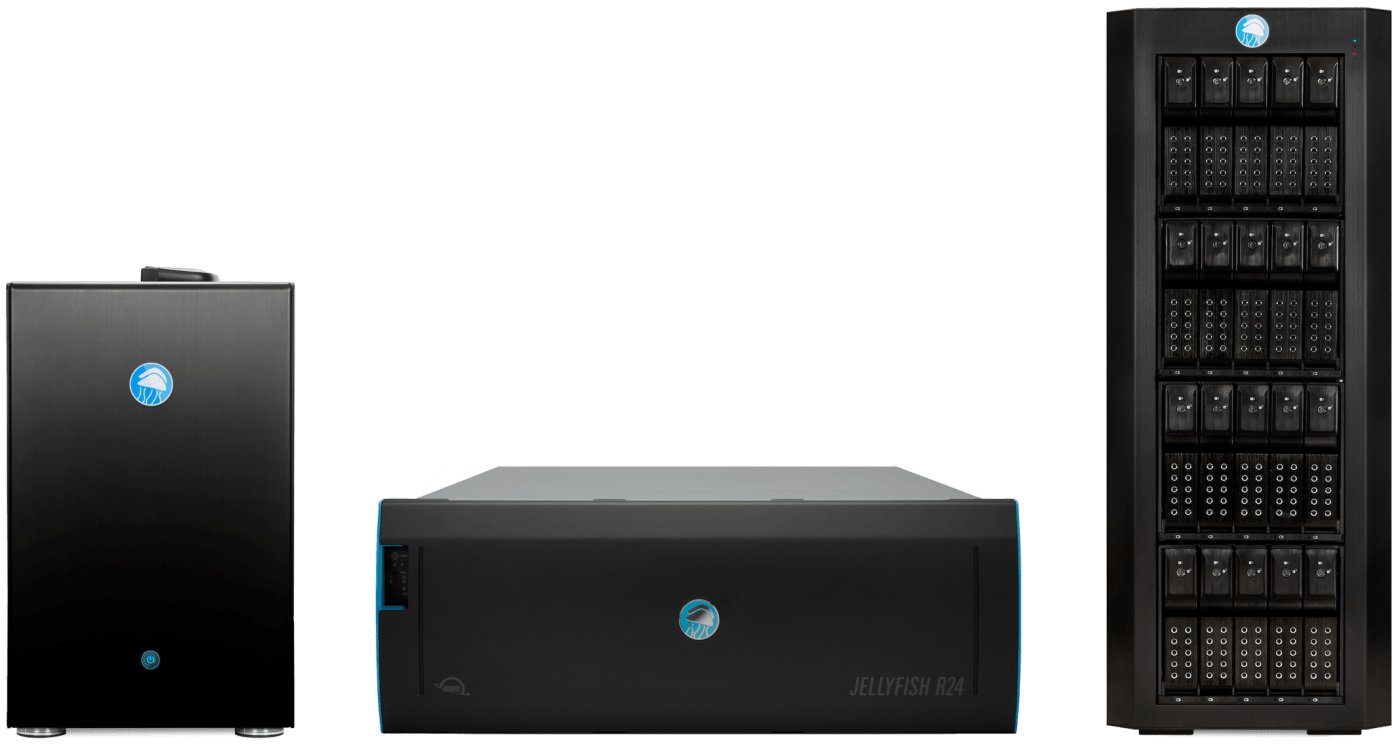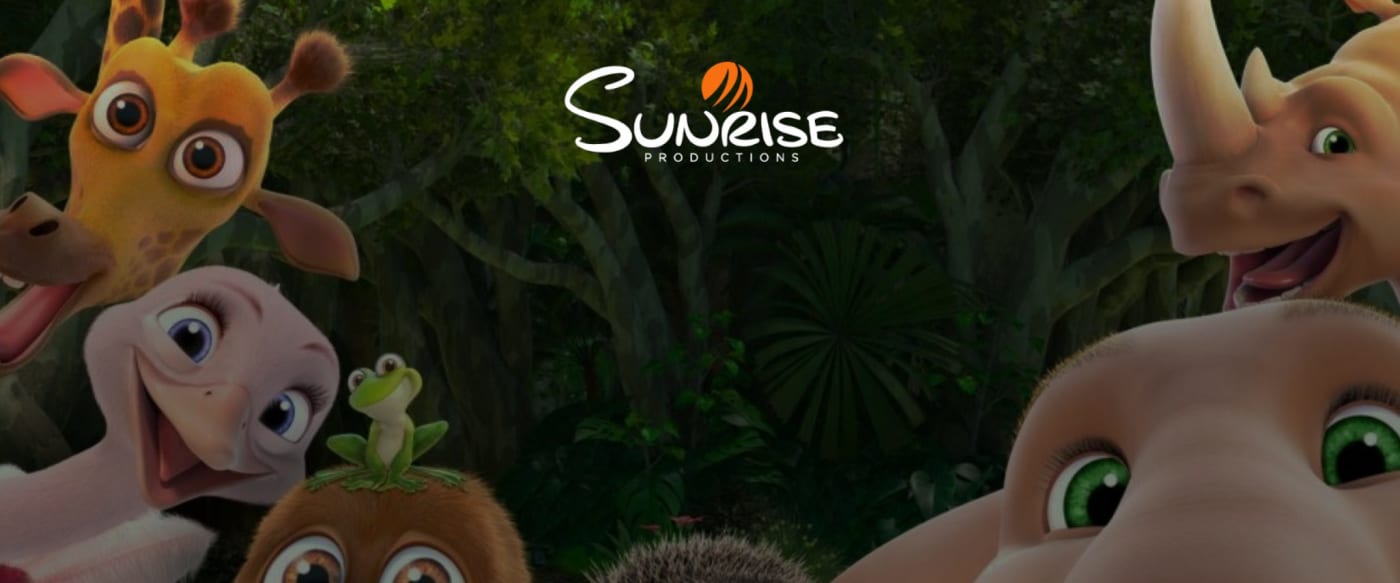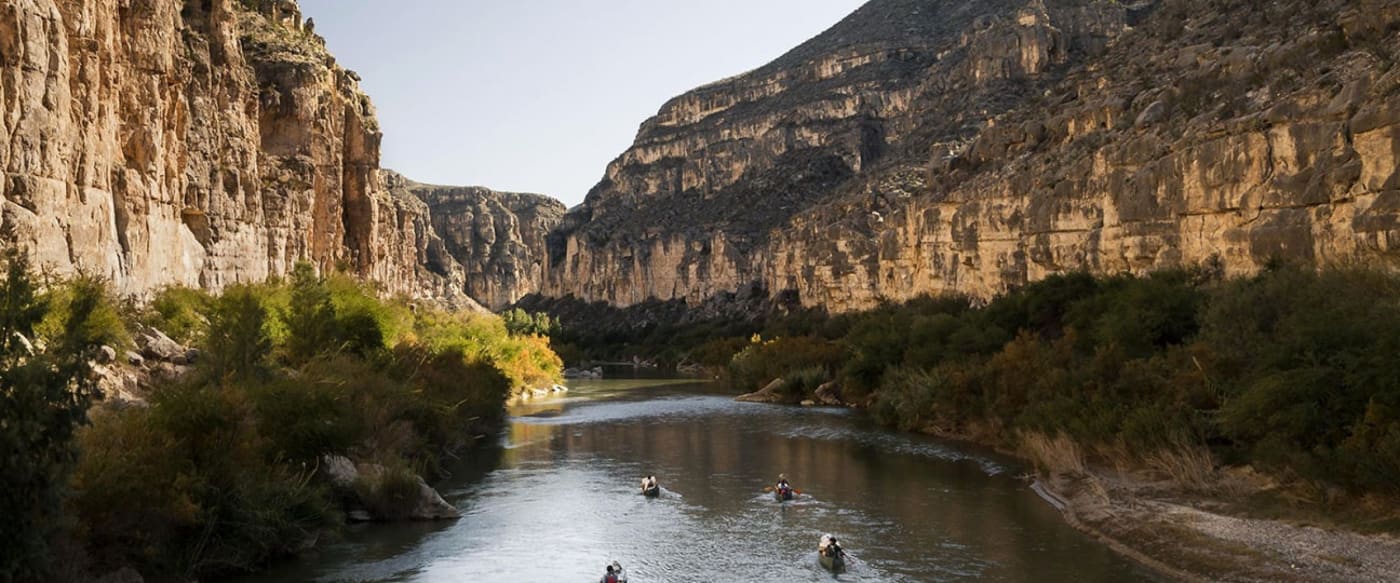Video
VGTV
VGTV: A OWC Jellyfish for every broadcasting workflow

Newspapers and print magazines are losing revenue each year while linear television networks fight for shrinking audiences and advertising money. It’s no secret that the media industry has had to adapt to changes in how information is disseminated. A rise in niche production houses, post boutiques, online information and movie channels have set a new trend in what we now experience in media.
VGTV Norway is a perfect example of what it looks like to adapt to this shift in how new media is produced. Their video operation spin-off of the leading Norwegian newspaper, VG, has several online and linear television channels, including a 24/7 news channel, that provide popular high-quality content to a vast and loyal audience.
In this case study, you’ll get an in-depth look at what you can achieve if you’re not afraid to abandon traditional and overly complex structures for simpler workflows, all without compromising the quality of your videos.
The Deliverables
- Ingest, tag, edit and stream content to various channels daily.
- Organize and prioritize information coming in from various sources: reporters in the field, live feeds from VGTV's own OB truck and SNG satellite truck, presentations and interviews from one of VGTV's in-house studios.
The Challenges
- WORKFLOW. From the start, they adopted a classic media workflow using Final Cut Pro on an X-SAN for editing, ingesting of live feeds and collaborating, and this worked well for many years. But as their operation quickly expanded, they realized that their setup would not be able to cope with the ever-changing acquisition formats and the increasing demand for higher quality and faster turnaround content.
The Solutions
A few years ago, they switched their entire organization over to Final Cut Pro X. Besides working much better with the new acquisition and delivery formats, FCP X is considerably faster and more stable when you need to work against fierce deadlines and train staff members to become editors. When working in news and sports, everyone should be able to put together a story if needed, even if a new medium becomes the preferred way to receive information.
They knew that switching to a new and fairly disruptive workflow could have some risks. But the advantages that the new software offered clearly outweighed any concerns, so they went ahead with it. They provided in-house training for their journalists and online editors, and the transition went exceptionally smooth. After only one day of training, everyone was editing with the new program as if it had always been there.
Christian Pettersen, technical operations manager at VGTV, explains: “We started early on with X-San to make editing on growing files and collaboration easy. In 2016, we decided that our setup with two SAN systems that had grown to more than one Petabyte of storage, was simply too big and complicated, and represented a great risk of downtime losses. So we wanted to spread the entire workload over a number of smaller and more modern storage units for each department, and to tie everything together in our custom-built MAM-system.”
They then started looking around for a powerful and expandable shared storage configuration that would work flawlessly with Final Cut Pro X and that would allow them to spread their workloads over the different departments at VGTV. At LumaForge, we’re huge fans of spreading workloads over different servers instead of clinging to the old paradigm of having one big system managing an operation. The old model makes the server a single point of failure for the entire setup. So we immediately understood each other, and a few months later we delivered the first OWC JellyFish Mobile to VGTV. They tested it extensively over a long period, and the rest is history. Today, the entire VGTV broadcast operation operates with no less than eight LumaForge servers. A combination of OWC JellyFish Mobiles, Towers and Racks, handling everything from ingest over editing to playout, and delivering over 530TB of shared storage for a total of 86 connected users integrated with the custom VGTV MAM.
The Outcome
Their team of roughly 86 staff members produces breaking news videos, entertainment programs, documentaries, the ongoing sports news for Eurosport (the pan-European broadcast sports channel) and VG’s Snapchat Discover channel launched in 2017.
At the beginning of 2017, VGTV claimed 420,000 daily unique viewers and more than 25 million video stream plays per month on its own platform. Quite impressive, if you know that Norway has a population of just 5 million. They deliver hundreds of hours of content each year: from organizing to editing, audio mixing, color correction and final delivery for play-out.
And what's more: they already produce more monthly advertising revenue than does VG’s seven-day print product.
"We are a small organization compared to the amount of content we deliver, so the need to have technical solutions that work without requiring constant attention are essential for our business. We try to remove the technical barriers and streamline our production in a manner that allows as many employees as possible to deliver content." -- Christian Pettersen, Technical Operations Manager at VGTV
Related
Award-winning CG and animation studio in Cape Town boosts its productivity with OWC Jellyfish shared storage.
See how EMS Films in Amsterdam managed 15,000 hours of hi-res footage with their OWC Jellyfish Tower.
Five friends, Davinci Resolve 15, and a OWC Jellyfish Tower document the environmental impacts of Trump's border wall.



